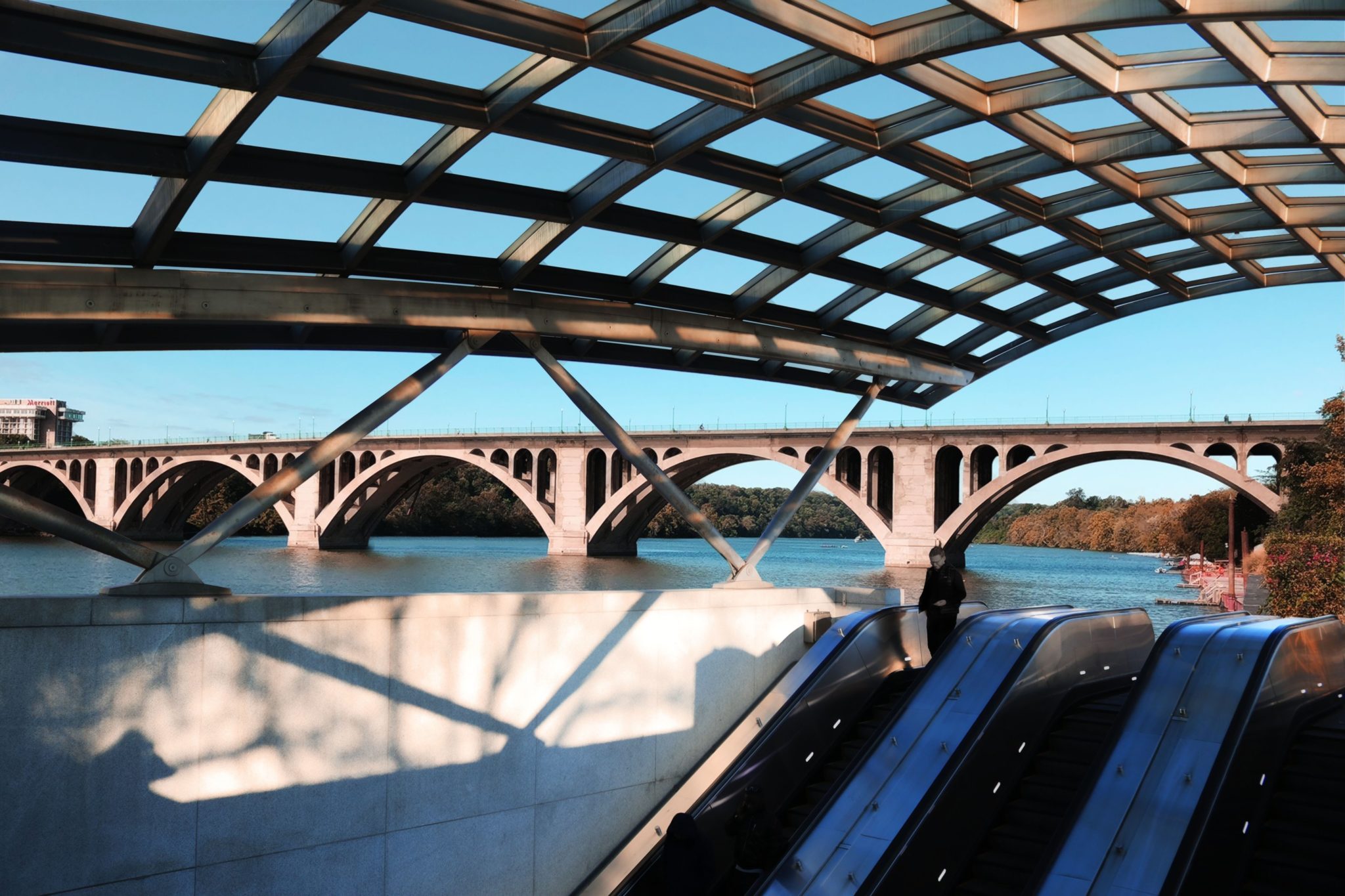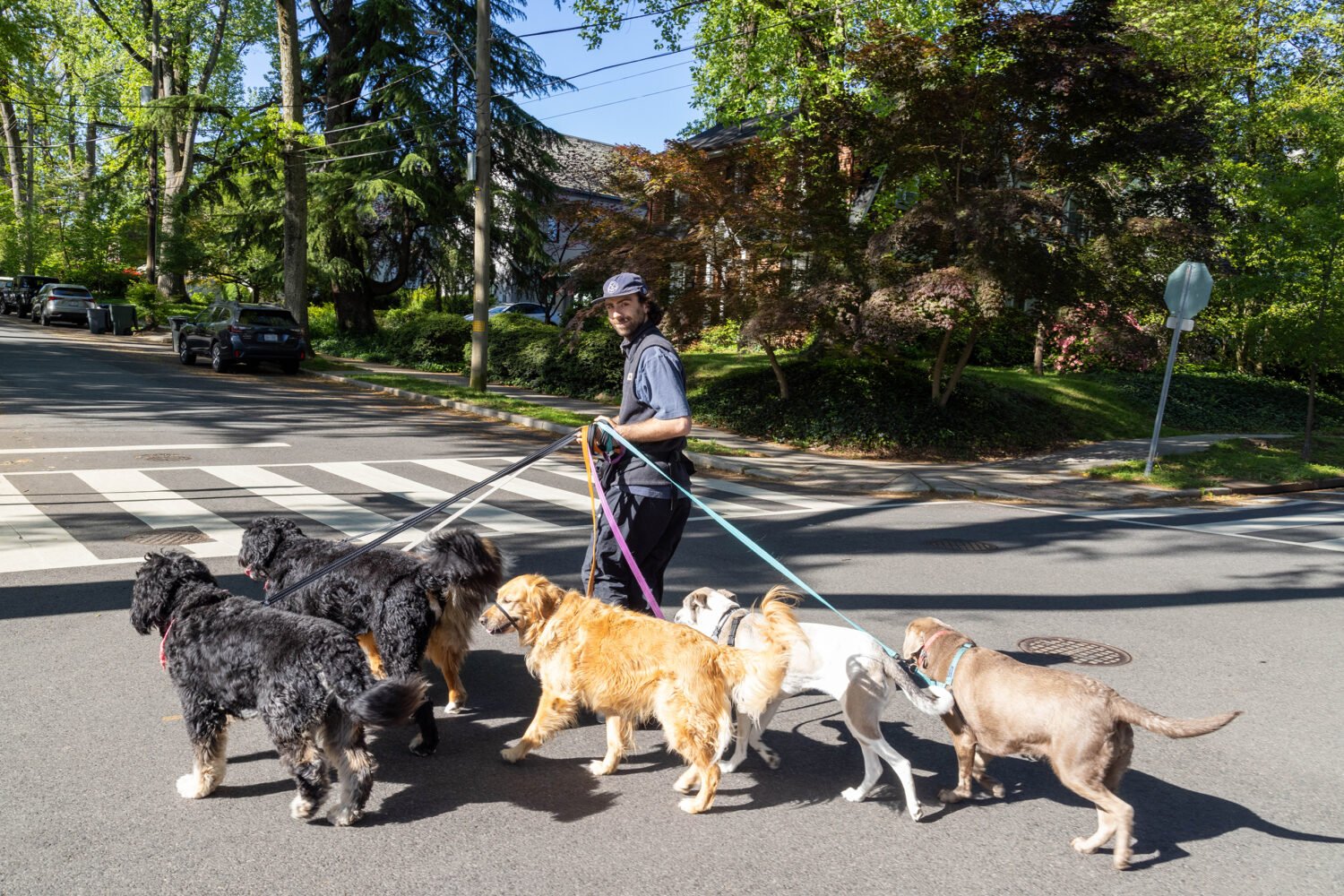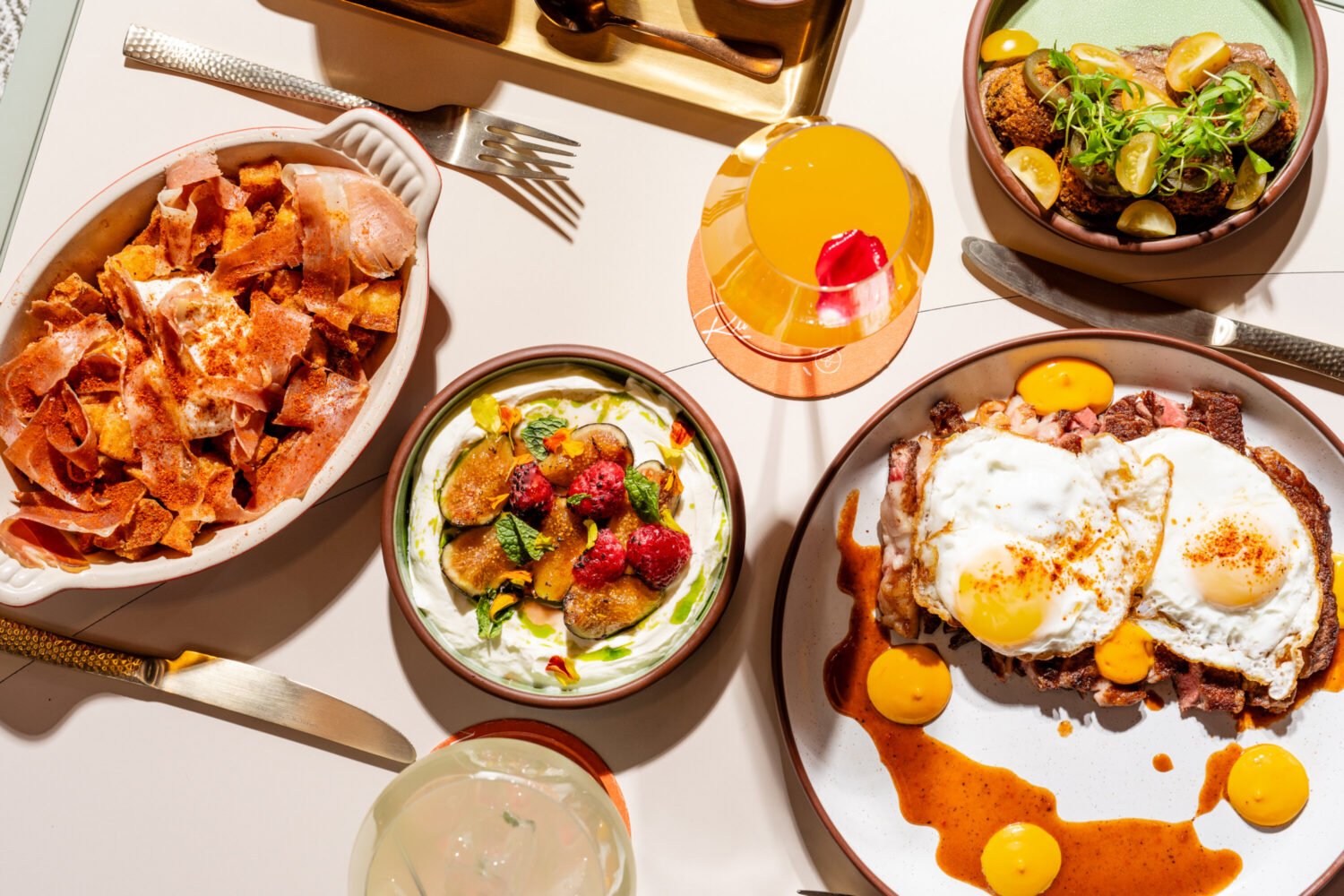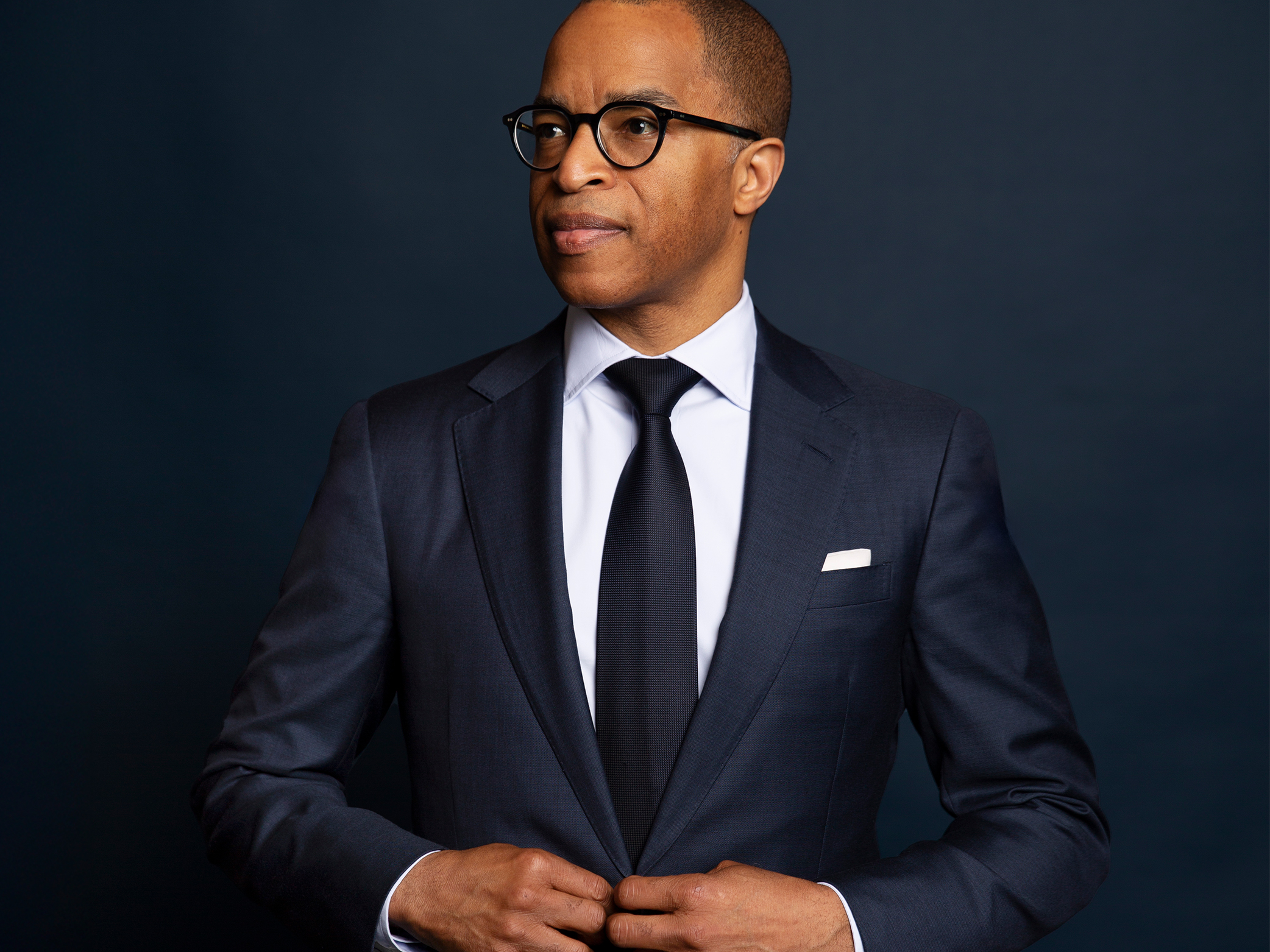In the small world of Metrorail obsessives, the Rosslyn Tunnel Bottleneck is kind of a big deal. So when a September report commissioned by the transit system recommended a new tunnel under the Potomac, transit advocates exulted: Many of the system’s current delays can be traced to the fact that there’s only one tube into DC for the three busy lines that converge on that final Virginia station.
More casual observers might have noticed something else interesting in the recommendations: As part of the proposal that would rework the Blue Line between the District and Arlington, Metro would—almost 50 years late—build a station in Georgetown.
If you’ve lived here long enough, you’ve heard the legend of this rail station that never was. Back in the 1960s, the story goes, neighbors mobilized to block Metro’s plans to build a Georgetown stop, on the grounds that a subway system would bring what they thought of as undesirable elements into the tony enclave. Learning this claim has become something of a rite of passage for new Washington residents, the kind of lore that separates locals from tourists. It’s a story that resonates with the city’s racial and class divides—and, for good measure, enables 21st-century types to mock the cluelessness of yesteryear’s elites.
It’s also mostly baloney. While some community opposition to a Georgetown stop certainly existed in the 1960s, planners decided against the station for much more prosaic reasons: Metro was built with the goal of carrying workers between offices and homes. Georgetown, by that logic, didn’t have enough of either. Few people thought of the system as a way of carrying people to nightlife, shopping, or dinner parties on quaint cobblestone streets.
Georgetown’s lack of Metro access felt like a finger poking at deep wounds related to race, class, and elitism.
George Mason University professor Zachary Schrag, author of The Great Society Subway, the definitive history of Metro, dove deep into the subject while interviewing the planners who built the system. “They all told me the same story,” he says, “which was they were at most vaguely aware of community opposition. That’s not what was shaping their thinking.”
Yet with the assistance of local media, the notion that entitled Georgetown swells spiked the station was implanted in the region’s psyche. As Topher Mathews, editor of the Georgetown Metropolitan, has pointed out, the Washington Post printed the claim as unassailable fact in the 1970s, ’80s, and ’90s. Some locals even wrote themselves into the legend: In a 1977 article that Mathews calls “patient zero” of the myth, one Eva Hinton, vice president of the Citizens Association of Georgetown, bragged about her role in tanking the project. “If you think we need another single soul here at lunch hour or on Saturday,” she told the Post, “you are mistaken.”
By the time Schrag published his debunking in 2006, the legend had taken on a life of its own—such that no mere 354-page comprehensive history like the one he had just produced could dislodge it. The legend of the Georgetown Metro has stopped being a series of events that can be interrogated by historians. Rather, it plays into long-running preoccupations of Washingtonians. It’s a symbol of how the city works, or doesn’t work, for its residents.
In the era leading up to Metro’s opening, Georgetown wasn’t merely another place where rich people lived. It was the epicenter of the city’s ruling class, synonymous with power and privilege. It was where John and Jackie Kennedy lived before they moved into the White House, where Katharine Graham entertained at her R Street mansion. The idea that those people wanted to keep out everyone else just sounded right.
And as the city bounced through the population declines and civic dysfunction of the 1970s and ’80s, Georgetown’s lack of Metro access felt like a finger poking around in DC’s deep wounds related to race and class and elitism. It made overt, in some painful way, unspoken attitudes about just who is welcome in which parts of the city.
In day-to-day life, it was also a pain in the ass. Georgetown was one of the city’s big shopping and nightlife destinations. The missing station came to embody our collective disappointment in a subway system that simply wasn’t designed to be what we often wished it was. Those expecting Metro to support their big-city lifestyles—by, say, taking them home from their restaurant job at 3 am or shuttling them to the Georgetown waterfront for happy hour—were never the priority.
Four decades later, Washington has changed. And Metro, haltingly, has changed with it. The system stays open later. People ride its trains to baseball games and nice restaurants. At least before Covid, trains were liable to be crowded at night and on weekends, used by revelers and hospitality workers alike. Also—in part as a result of not having Metro—Georgetown doesn’t possess the totemic status it once did. You’re far more likely to find envelope-pushing dining in new waterfront destinations such as Capitol Riverfront and the Wharf. By comparison, today’s Georgetown is an aging-in-place neighborhood with a tourist-besotted shopping strip.
These days, it’s a good bet that few leaders in the neighborhood would want to take credit for killing Metro. “The citizens association, the ANC, the business community, the university—there is universal support for Metro in Georgetown,” says Joe Sternlieb, CEO of the Georgetown Business Improvement District.
Which brings us back to the Rosslyn Tunnel Bottleneck. If indeed Metro manages to get the tens of millions of dollars to build a station, it won’t be for the reasons Sternlieb’s clientele want it to. Nowadays, Georgetown isn’t actually a particularly in-demand destination for Metro riders. Rather, it’s a logical place for what the system really needs: that second tunnel under the Potomac to reduce wait times for Northern Virginia commuters. If a Georgetown station is finally made real, most riders will never make it to the escalator. It’ll be another dim interior on people’s way to the parts of town they really want to visit.
This article appears in the November 2021 issue of Washingtonian.


![Luke 008[2]-1 - Washingtonian](https://www.washingtonian.com/wp-content/uploads/2017/10/Luke-0082-1-e1509126354184.jpg)

















